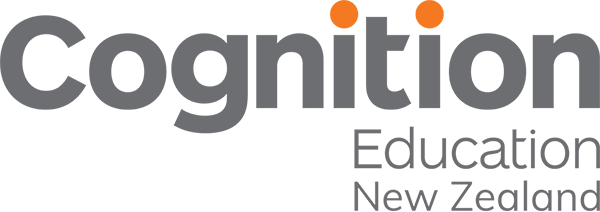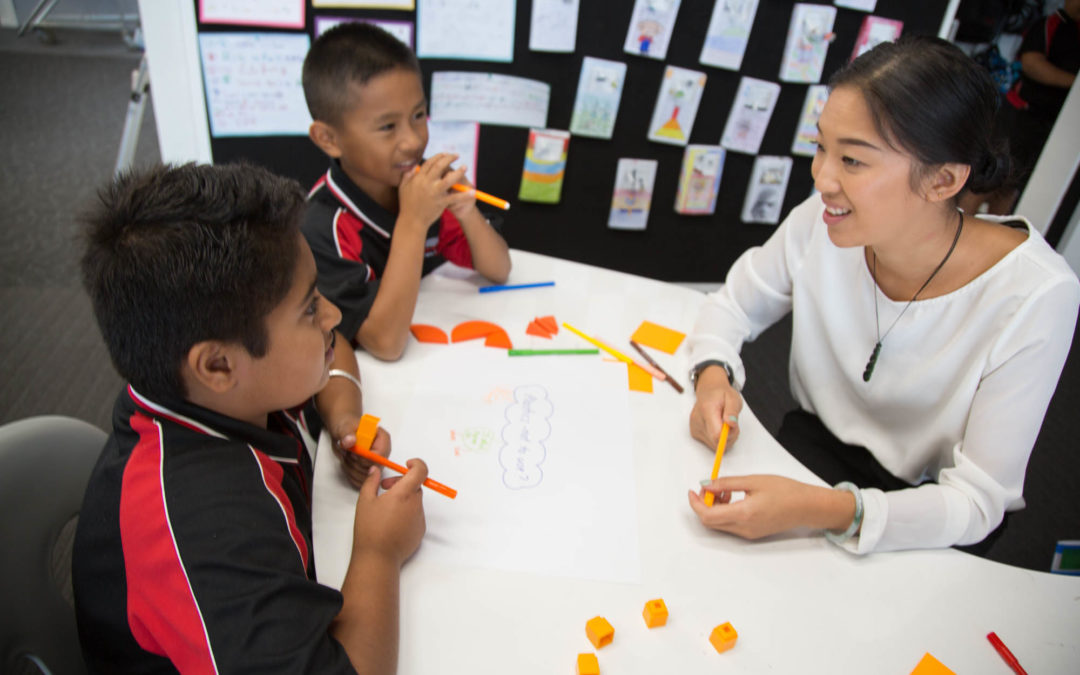Educators need to address educational inequalities by including those currently marginalised from the benefits of education into the conversation that is learning. Educators can do this by creating extended family-like contexts for learning in classrooms and learning settings in ways that are culturally responsive. It is the creation of these supportive contexts for learning that enables educators to interact dialogically with learners in ways that we know promote learning and improve educational outcomes. The impact of the relationships and interactions that are developed, and the progress learners are making, then need to be monitored and these practices modified so that further progress is ensured and sustained.
This process is called Teaching to the North-East where the ‘North-East’ is seen as a metaphor for that ‘sweet spot’ where learners are supported to become self-regulating and self-determining.
The key to teaching to the North-East is implementing a relational pedagogy supported by relational leadership so as to increase equality of educational outcomes for all students. North-East teaching and leadership is how teachers and other school leaders, acting as leaders of learning for those for whose learning they are responsible for or are supporting, create a relational context for learning (an extended family-like relationship base) and interact with learners and monitor their learning within this context in ways that we know promote further, self-determined learning. Teaching to the North-East is a combination of moving ‘East’ on a relational continuum and ‘North’ on an interactional continuum. Monitoring from the North-East position then responds to evidence of the impact of these practices on students’ progress, in this way, allowing relationships and interactions to be continually modified and improved.
When teachers are able to create a relational context for learning and use effective teaching and monitoring practices within this context, the combination of these two forces, plus their monitoring and responding to learners’ progress and the impact of the processes of learning, significantly improves learning outcomes for marginalised learners.

